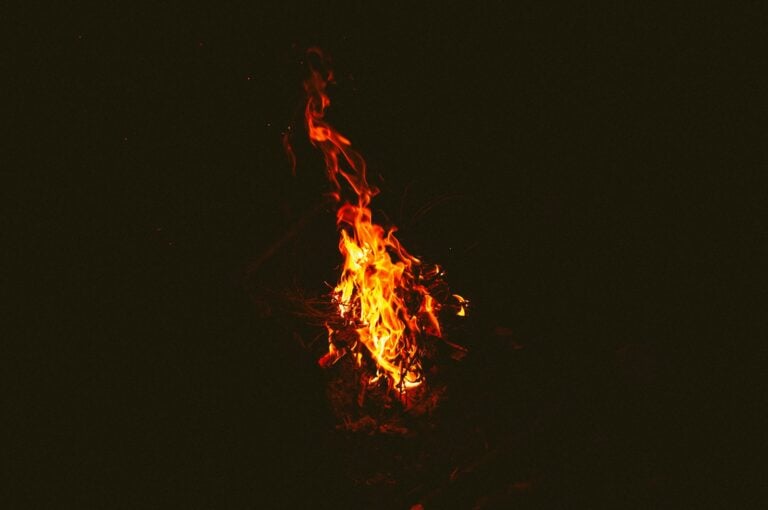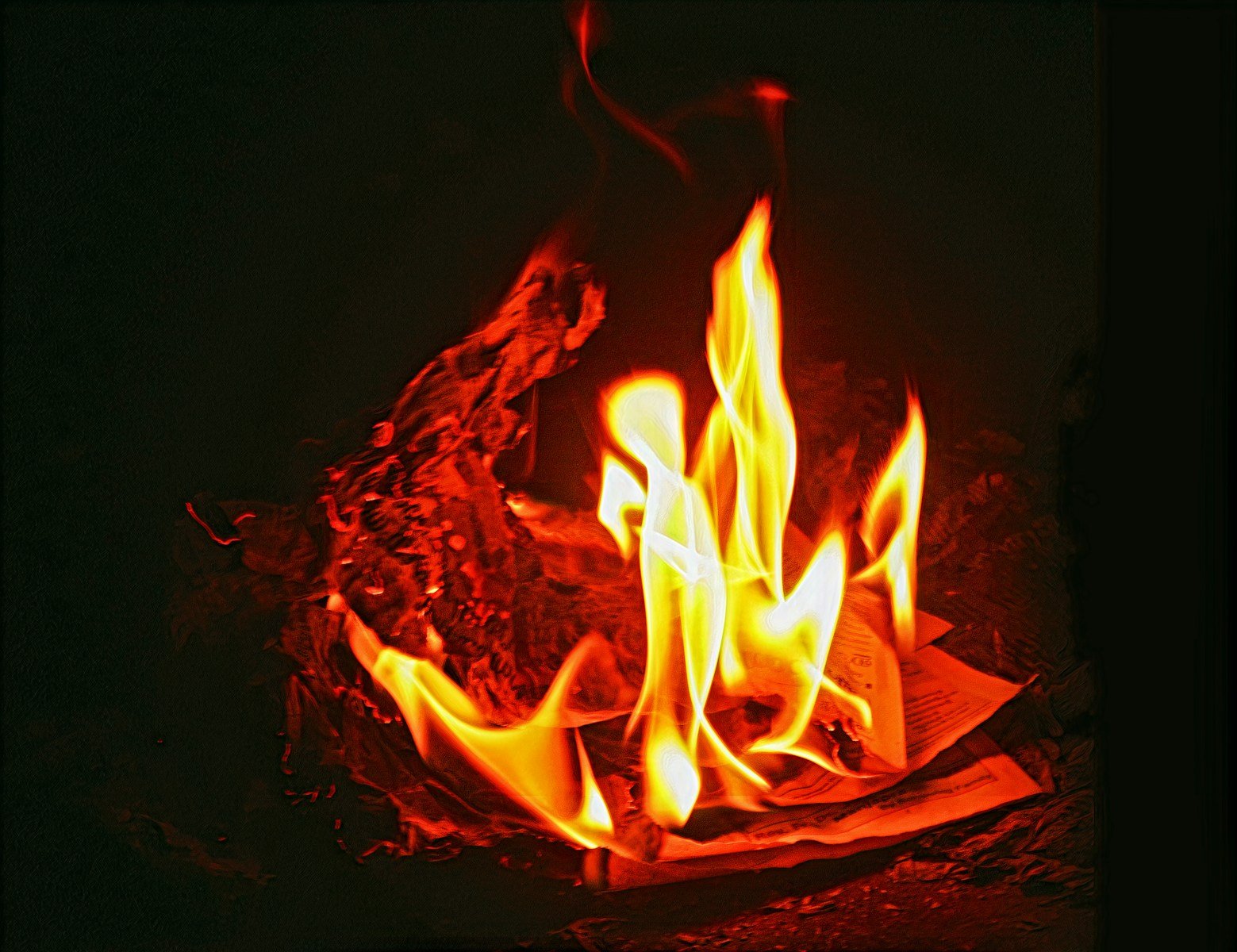Exploring the Fire Kirin: Mythology and Significance unveils the deep-rooted tales and symbolism surrounding one of the most fascinating mythical creatures in Asian culture. The Fire Kirin, known for its majestic appearance and mystical powers, has captivated the imagination of people for centuries. This article delves into the legend, historical context, symbolism, and modern interpretations of the Fire Kirin, providing a comprehensive understanding for enthusiasts and scholars alike.
Introduction to the Fire Kirin Legend
The Fire Kirin is a mythical creature revered in various Asian cultures, often depicted as a majestic beast with fiery attributes. Its origins trace back to Chinese mythology, where it is considered a divine being with benevolent qualities. The Fire Kirin is often associated with the appearance of sages and great leaders, symbolizing a herald of prosperity and peace. Its presence is believed to bring positive change and transformation.
In Chinese folklore, the Fire Kirin is described as having the body of a deer, the scales of a fish, and the tail of an ox, with flames enveloping its body. This unique combination of features underscores its mystical and otherworldly nature. Legends often depict the Fire Kirin as a gentle creature, incapable of harming the innocent, and its arrival is seen as an omen of good fortune.
The legend of the Fire Kirin transcends cultural boundaries, finding its place in Japanese and Korean mythology as well. In Japan, the Fire Kirin is known as “Kirin” and is similarly regarded as a harbinger of prosperity. Its presence in these cultures highlights the widespread influence and enduring appeal of this mythical creature.
Historical Context of the Fire Kirin Myth
The historical context of the Fire Kirin myth is deeply rooted in the ancient traditions and beliefs of East Asia. Its earliest references can be found in Chinese classical texts dating back to the Zhou Dynasty (1046-256 BCE). The Fire Kirin was often mentioned alongside other mythical creatures like the dragon and phoenix, all of which symbolized different aspects of nature and cosmic balance.
During the Han Dynasty (206 BCE–220 CE), the Fire Kirin became more prominently featured in literature and art. It was during this period that the myth evolved, incorporating elements of Daoism and Confucianism. The Fire Kirin was seen as a symbol of righteousness and justice, embodying the virtues that were highly valued in society. Its connection to sage rulers and virtuous leaders reinforced its status as a divine creature.
In the medieval period, the Fire Kirin myth spread to Japan and Korea, adapting to local cultural contexts while retaining its core symbolism. In Japan, for instance, the myth was integrated into the Shinto belief system, where the Kirin was revered as a protector deity. This cross-cultural adaptation demonstrates the flexibility and enduring relevance of the Fire Kirin myth throughout history.
Symbolism and Cultural Impact of Fire Kirin
The symbolism of the Fire Kirin is rich and multifaceted, representing qualities such as benevolence, wisdom, and protection. In Chinese culture, it is often associated with the concept of “ren” or humanity, embodying the ideal characteristics of a ruler or leader. The Fire Kirin’s presence is seen as a blessing, promising prosperity and harmony to those it encounters.
In art and literature, the Fire Kirin is frequently portrayed as a guardian figure, warding off evil spirits and ensuring the well-being of communities. Its image is used in various ceremonies and rituals, reflecting its importance as a cultural icon. The Fire Kirin’s symbolism extends to architecture as well, with its likeness often carved into temples and palaces to invoke protection and good fortune.
The cultural impact of the Fire Kirin is evident in its influence on popular culture and contemporary media. It appears in various forms, from traditional paintings and sculptures to modern video games and films. This enduring presence highlights the Fire Kirin’s role as a symbol of cultural heritage and its continued relevance in today’s globalized world.
Modern Interpretations and Representations
In modern times, the Fire Kirin has been reimagined and represented in various forms across different media platforms. In literature, it often appears in fantasy novels and stories, where it is depicted as a powerful and mystical creature with extraordinary abilities. These contemporary narratives explore new dimensions of the Fire Kirin myth, appealing to audiences worldwide.
The Fire Kirin has also found a place in digital media, particularly in video games and animated films. Game developers and filmmakers incorporate the Fire Kirin into their storylines, using its legendary status to enrich their narratives. This modern representation allows the Fire Kirin to reach new audiences, ensuring its place in the digital age.
Artistic interpretations of the Fire Kirin continue to evolve, with artists exploring innovative ways to capture its essence. From traditional ink paintings to digital illustrations, the Fire Kirin’s majestic form inspires creativity and imagination. These modern renditions not only pay homage to the mythological creature but also contribute to its ongoing legacy.
The exploration of the Fire Kirin: Mythology and Significance reveals a creature that transcends time and culture, symbolizing prosperity, wisdom, and protection. Its rich history and cultural impact continue to inspire and captivate audiences, ensuring its place in the pantheon of mythical legends. As new interpretations emerge, the Fire Kirin remains a testament to the enduring power of mythology and the human imagination.



0 Comments